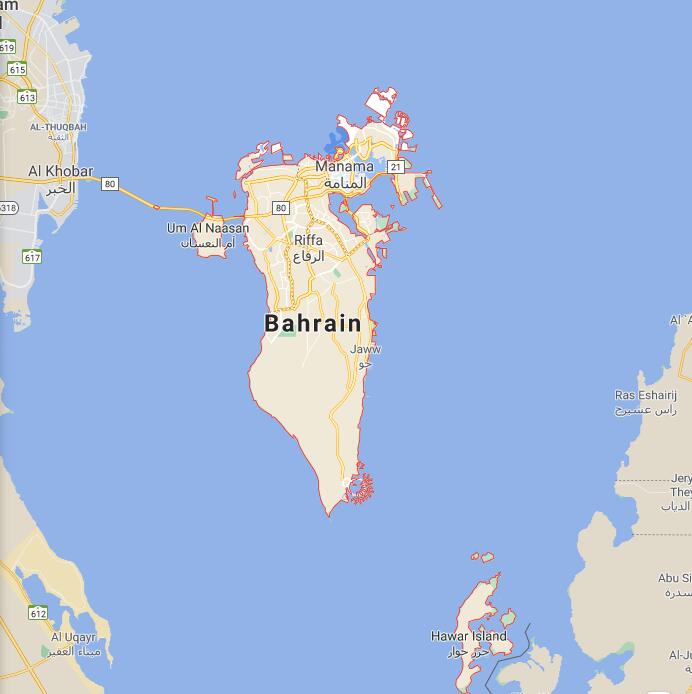
In 2003, Bahrain was a small island country located in the Persian Gulf. Its economy was mainly based on oil and gas production, with some banking and financial services also playing an important role. Infrastructure was in need of improvement throughout the country but education levels were high. Unemployment had decreased since the 1990s but still remained relatively high in certain areas. According to computergees, the government at this time was stable with strong democratic institutions and a commitment to free-market capitalism. Foreign investment had increased significantly in recent years due to Bahrain’s favorable business climate and proximity to major oil producers such as Saudi Arabia, Qatar, and Kuwait. Tourism also played a major role in driving economic growth due to its stunning beaches, vibrant culture, and world-renowned cuisine. Bahrain’s capital city Manama had become one of the most important financial centers in the Middle East at this time and had attracted many international businesses looking for a base of operations within the region.
Yearbook 2003
Bahrain. According to Countryaah, Bahrain Independence Day is December 16. Bahrain’s King Hamad ibn Isa al-Khalifa offered Iraq’s Saddam Hussein a sanctuary in Bahrain on March 19. The offer came after the US declared that a country escape would be the only way for Saddam Hussein to avoid war. Iraqi government officials rejected the proposal.
2,000 young people, many of them masked, took part in violent riots on New Year’s Eve 2002 in the capital of Manama’s tourist district. More than 40 people were arrested. According to some reports, young people were Shi’a Muslims from villages near Manama who protested against tourists’ expulsions.
December
Shia group on US terror list
December 15
The United States places a Bahraini Shia organization, Saraya al-Mukhtar, on its terror list. The organization is accused of having planned terrorist attacks against American soldiers in Bahrain and of having links to the influential Iranian Revolutionary Guards. The decision entails, in particular, the exclusion of Saraya al-Mukhtar from using the US banking system.
November
The Prime Minister dies
11 November
Prime Minister Khalifa bin Salman Al Khalifa has died in a US hospital at the age of 84. One week of national mourning is announced. He was the longest-serving prime minister in the world since independence in 1971. In connection with the Arab Spring of 2011, protesters demanded his resignation. He himself denied that he was a brake on reform demands, but the revolt was crushed by security forces and the Sunni royal house has since thwarted popular demands, especially from the Shiite majority. Crown Prince Salman bin Hamad al-Khalifa becomes new Prime Minister. He is 51 years old, educated in both the United States and the United Kingdom and has previously been Deputy Prime Minister.
The Kingdom of Bahrain Brief Guide
According to AbbreviationFinder, the Kingdom of Bahrain, or Bahrain, is a largely desert-covered state in the southwestern part of the Gulf. Bahrain is a modern Arab country specializing in oil refining and international banking. Bahrain is a major hub for air transport and the shipbuilding industry is also significant.
The state of Bahrain is located on a small island in the Gulf. There is a bridge connection from Bahrain to Saudi Arabia, and another, longer bridge to Qatar is planned.
History. – The dissolution of the Chamber in 1975 did not prevent the social unrest from being added to those of a political-religious order due to the conflict between the Shiite majority of the population and the Sunni dynasty that governs the emirate. These tensions were then accentuated with the radicalization of the Iranian Islamic revolution and the repercussions of the Iran-῾Irāq conflict. Hence in 1980-82 new street demonstrations followed by condemnations by the authorities. In this context, the stop in Bahrain, on 7-9 April 1986, of the vice president of the United States, G. Bush, during a trip to the Near East, which was followed by considerable military supplies, is important. The visit also sounded support for the government just as the Qaṭar was attempting to seize the disputed island of Fasht al-Dibat by force (April 26):
Also in the context of strengthening security, it is worth mentioning the completion, after several years of work, of the elevated road that connects with Saudi Arabia. On the other hand, the traditional balance in B’s orientation was confirmed by a declaration by Emir ῾Īsā Bin Sulmān al-Khalīfah, in favor of improving relations with the USSR (18 December 1986), and by a visit by the Deputy Foreign Minister of Iran, M. Mir Mahdi (1-2 June 1987). In conclusion, however, the substantial alignment with moderate Arab currents must be noted, as demonstrated by the re-establishment of diplomatic relations with Egypt (November 1987) and participation in the anti-Iraq coalition during the conflict of January-February 1991.